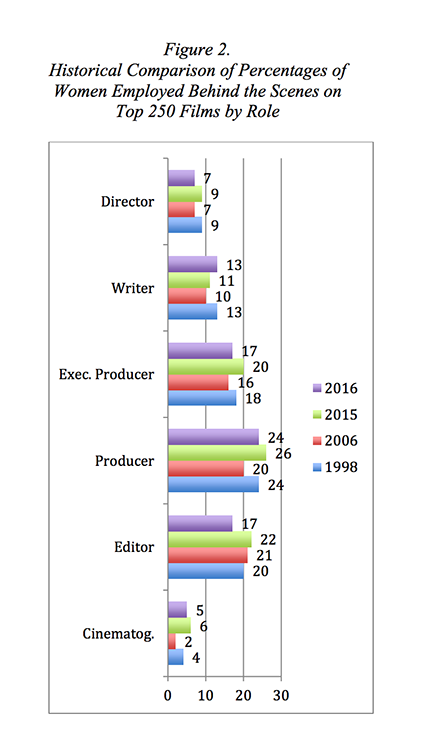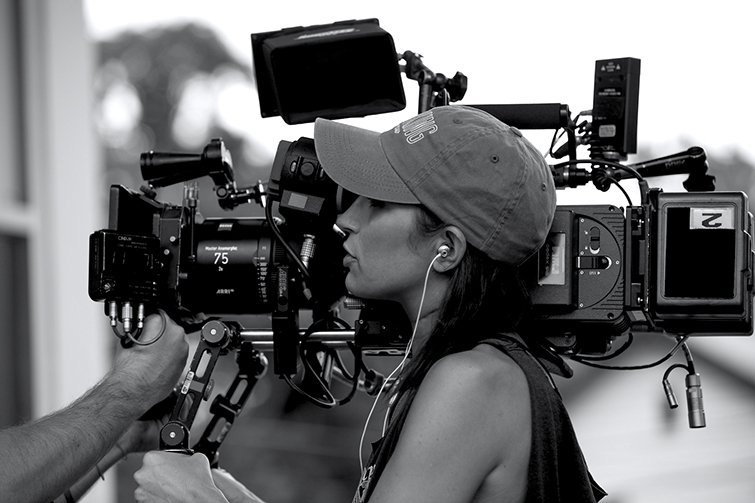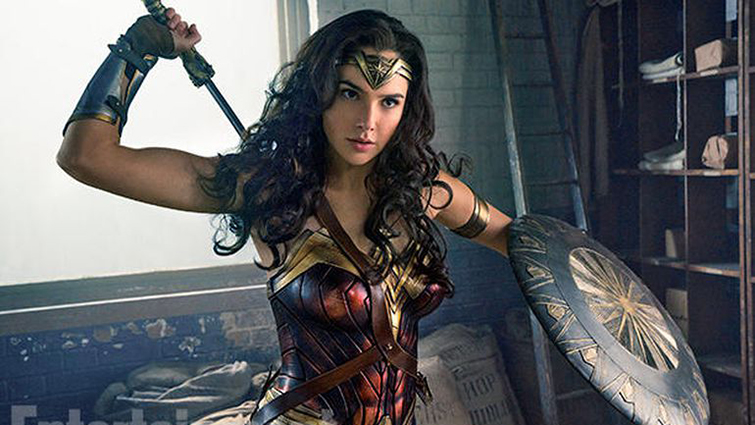
Wonder Women: Working Toward Equality in Film
A simple trip to the box office can broaden your grasp of filmmaking and the film industry — and help combat gender inequality.
Cover image via Warner Bros.
In an era of exorbitantly big-budget, flash-and-bam action films that can be painfully predictable, it’s easy to be weary of handing over your cash to yet another Hollywood superhero flick. Though comic book franchises have given us some solid entertainment over the years, more recently, these films have failed to deliver at the box office and on the screen.
But DC’s latest Wonder Woman brings something new and refreshing to the table. With a 93% rating on Rotten Tomatoes and the best box office holdings for a superhero film in fifteen years, Wonder Woman is not only solid entertainment, it is also a bit of a unicorn! It is the first female superhero lead film to grace the silver screen in twelve years (since the disgraceful days of Catwoman and Elektra). It’s also the first female superhero in both the D.C. and Marvel universes. Even more rare is that it is a big-budget action film not only about a woman but also directed by a woman, Patty Jenkins. This is rare because Jenkins is, to date, one of only three women to have ever received a budget of 100 million dollars.

Image via Warner Bros.
This is important to note because the issues of gender inequity in film are so severe that even the ACLU has taken interest. In 2015, the EEOC and the Office of Federal Contract Compliance Programs began investigating and pursuing lawsuits against discriminatory practices within major studios and talent agencies.
And this level of action should not be surprising, as the statistics that sparked the investigation are staggering. Each year, the Geena Davis Institute and the Center for the Study of Women in Television and Film release their annual “Celluloid Ceiling Report” that documents the percentage of women in key roles on film sets in the top 100, 250, and 500 grossing films that year.
In their 2016 report, the Geena Davis Institute found that “only 7% of directors, 13% of writers, and 20% of producers are female.” Moreover, the “Celluloid Ceiling Report” studies showed that “[i]n 2016, women comprised 17% of all directors, writers, producers, executive producers, editors, and cinematographers working on the top 250 domestic grossing films. This represents a decline of 2 percentage points from last year and is even with the percentage achieved in 1998.

Image via Celluloid Ceiling Report.
It’s easy to be grateful for all the rights women have achieved since the suffragette movement and the subsequent feminist movements of the ’60s and ’70s. But these statistics show that, despite a rapidly changing world, gender diversity and equality in the film industry have barely progressed in the last twenty years.
And it’s important not just to the industry but to society as a whole to get more women both behind and in front of the camera. Studies show that women get more screen time when a woman is in the director’s chair: “in films with at least one woman director and/or writer, females comprised 57% of protagonists … [yet in] films with exclusively male directors and/or writers, females accounted for 18% of protagonists.” Not only that, but male characters received two times the amount of screen time and spoke twice as frequently as their female counterparts in 2015, according to Google’s automated “GD-IQ” software.

Image via Geena Davis Institute.
What is even more baffling about these numbers is that very same study also reveals that “films led by women grossed 15.8% more on average than films led by men.” And another study shows that 66% of women said that they are likely to turn off the TV if there are not enough relatable female characters on screen. By not making a greater effort to put more women behind the camera (who will in turn put more women in front of it), the film industry is missing out on capitalizing earnings, views, and buzz from more than 50 percent of the population. Creating more authentic female voices is profitable and good for society as a whole.
But when 50 percent of the top grad programs‘ film school graduates are women, the water gets even murkier. Despite NYU’s, AFI’s, and USC’s programs having fairly equal gender representation, even on the independent film level, women do not get the same number of opportunities. What is the cause of this disparity between female filmmaking graduates and the dismal number of films they get to make each year?
The research reveals that the numbers debunk the misconceptions about the marketability of female-centric films and the false idea that there is no female talent pool to pull from within the industry. Fortunately, as the word spreads, we are seeing a direct response that is more inclusive to women and minorities alike. However, there is still plenty more to do. The good news is that the first step in taking action is as easy as kicking back at the theater or on your couch. Tell the box office you care to hear female voices. Go check out films directed by badass women in theaters now.
But even more so, lean into actively opening yourself up to the idea of consciously (yes, this will take a conscious effort!) diversifying. Fill out your talented crew and cast with more women and minorities. There are tons of resources and organizations online that can help you to do just that.
Try reaching out to female film collectives in your area for recommendations (like SLMBR PRTY, Sorta Kinda Maybe Yeah, or The L.A. Women’s Film Collective, to name a few). There are also plenty of databases online, like The Director’s List, New York Women in Film, Free the Bid (if you’re in the Ad world), and CinematograpHERS XX. And when in doubt, just keep your eyes peeled for us at your local networking events, on Film and TV Facebook groups, or ask others for recommendations outside of your normal circle of creators.

Image via Beast Grip of director and cinematographer Reed Morano.
And if you’re a woman behind the camera, keep doing your thing. The road may feel uphill at times, but there are grants and organizations out there committed to supporting you. The Sundance Institute has launched a “Resource Map for Female Filmmakers” that has consolidated many of these.
Lastly, and simply, spread the word. Awareness is key to change for any issue of inequality. Share this blog. Bring up the stats in pre-production for your next project. Follow the litigations, lobbying, and tax credit pushes happening that are working to systematically create a more inclusive industry.

Image via Warner Bros.
Getting more women behind (and then in front of) the camera helps create a more diverse media landscape — one that is more welcoming to and empowering for women. The power the media has to shape culture is undeniable. Creating a more level playing field has the potential to start breaking damaging gender stereotypes. And ideally this can then empower and inspire more women in other male-dominated industries. This disparity is unhealthy for society as a whole, and we are missing out on the voices of over half our population. So I close with the words from one of our very own, Emma Watson, “If not me, who? If not now, when?”






